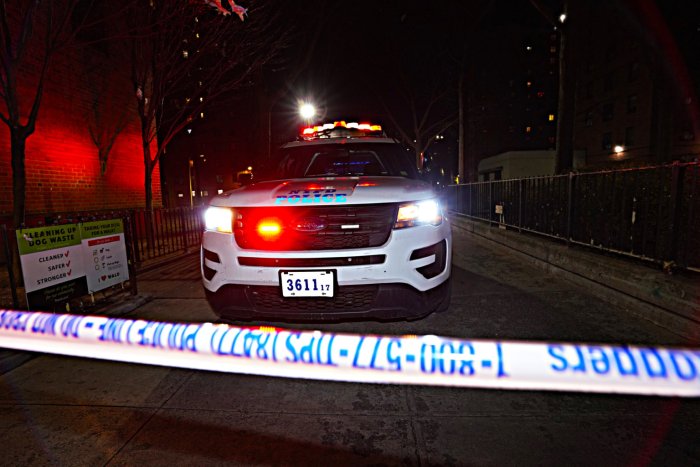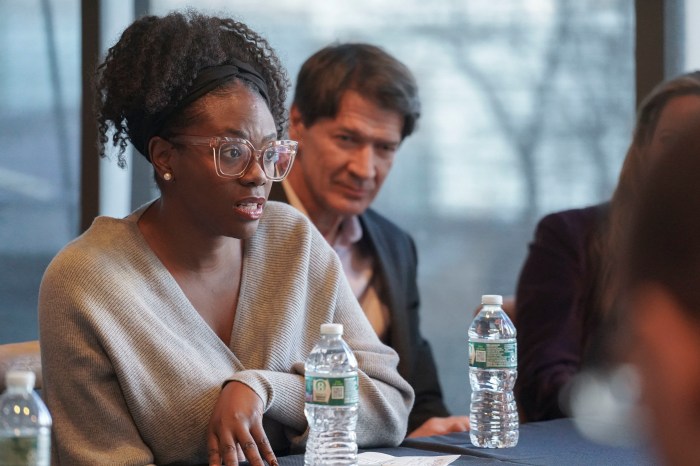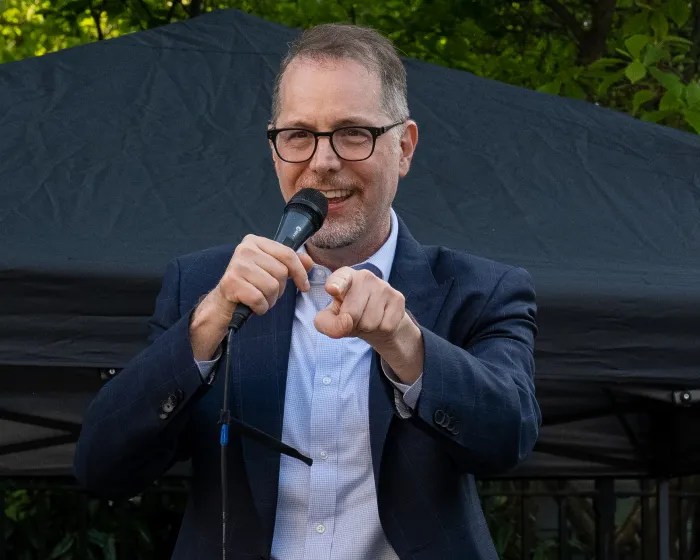Straphangers Rate It Cleanest In Entire City
The L train was rated cleanest in New York City in the annual Straphangers Campaign “Shmutz Report,” the transit advocacy group announced last week.
According to the report, wide disparities exist among lines, and nine out of 20 deteriorated, while eleven remained the same compared with 2011.
Jason Chin-Fatt, field organizer for the Straphangers Campaign, stated most of the deterioration is because of increased ridership, which he claimed the MTA has been slow to accommodate in recent years.
According to a press release announcing the findings, aside from increased ridership, reasons for dirtier cars in 2013 were unclear.
There has been an “explosion of ridership with more people on the trains and relatively the same number of staff to clean them,” Chin-Fatt said.
According to the release, “The number of budgeted cleaning staff has remained largely the same with 1030 car cleaners and 141 supervisors in 2012 and 2013.”
While new cars ride on many lines, including the L, Chin-Fatt says this is not the reason for its modest accolade.
Chin-Fatt pointed out that it’s “not just newer cars, because the N and Q also have new cars [and] did not improve.”
In 2011 surveyors rated 52 percent of subway cars as clean, but this number fell to 42 percent in an identical study conducted in fall 2013 according to a (NYPIRG) press release.
“This continues a general trend of a decrease in the number of clean subway cars since 2008,” according to the release.
The (NYPIRG) study uses trained volunteers that ride the train to evaluate the lines based on cleanliness of floors and seats and follows the MTA’s official standards for measuring car-cleanliness.
Though the L line has seen major expansion of ridership as neighborhoods in north and east Brooklyn have become desirable for young professionals, a significant decline in cleanliness has not been along for the ride.
Based on cleanliness, it was the highest performing line with 63 percent of cars rated clean, up from 58 percent in 2011.
The survey was based on 2,000 observations of subway cars by from Sept. 4 to Dec. 2013.
The MTA produces a similar cleanliness report, but rated 92 percent of cars clean, compared to 42 percent in the Straphangers study.
The MTA and NYPIRG use different methodology to survey cleanliness of cars.
The Straphangers report rates throughout the day, at night and on weekends, the MTA only uses data obtained during weekday hours between 8 a.m. and 10 p.m.
The line, which for many years was badly maintained, has more recently served to shuttle curious New Yorkers to the city’s most popular borough. It runs like a horizontal free-sprit from the west side of Manhattan to Canarsie in Brooklyn, changing the texture of neighborhoods along its route.
While the L has improved with countdown clocks and is the only line to use an advanced signaling system called communication-based train control, riders still are divided on its proficiency as detailed in a New York Tmes article, Monday, Mar. 24.
The article pointed to long-time residents having slightly different experiences and opinions than new arrivals. It also mentioned that newer residents tend to be more active on social media and therefore more ready to criticize and opine on the line.


































